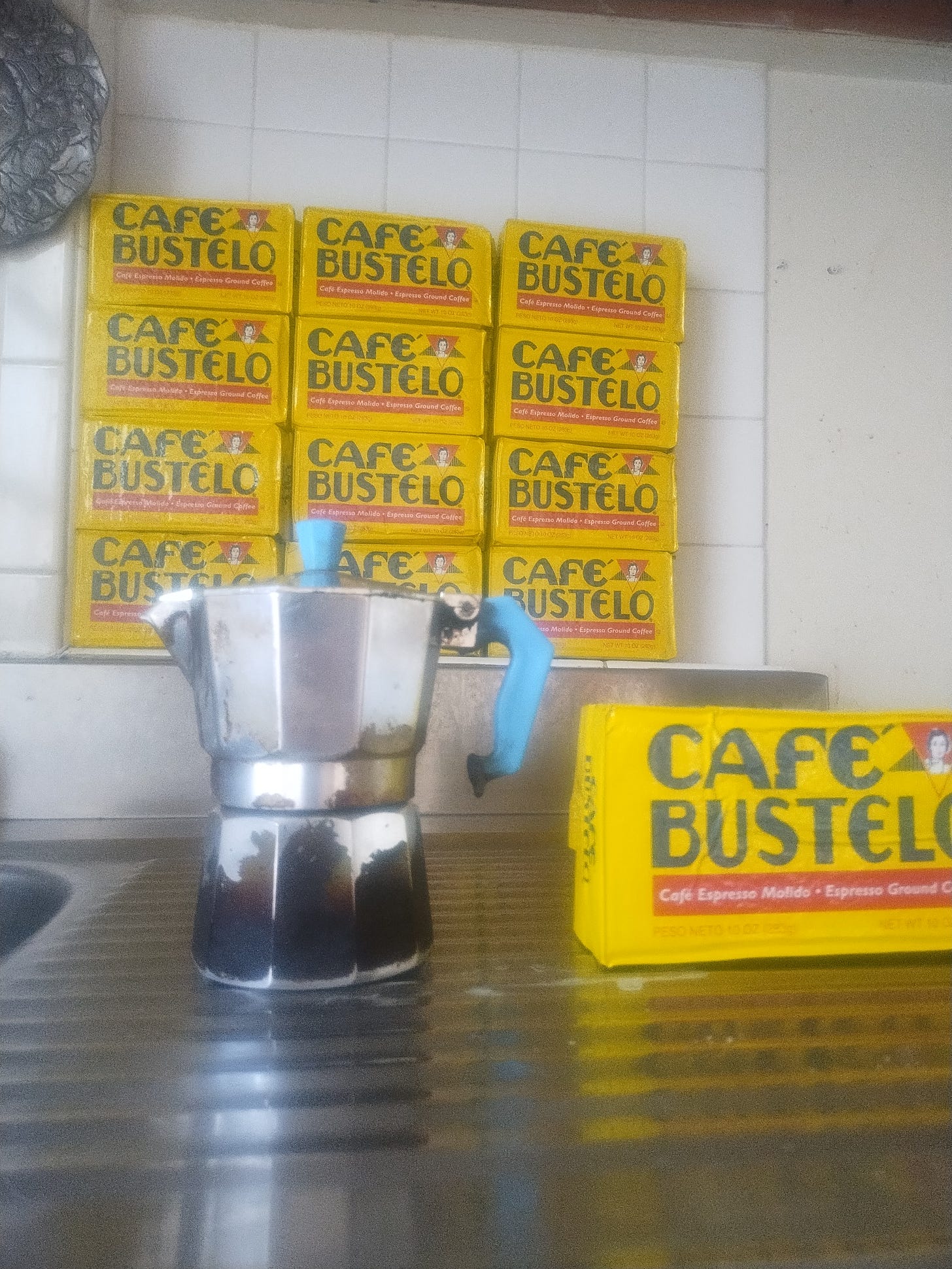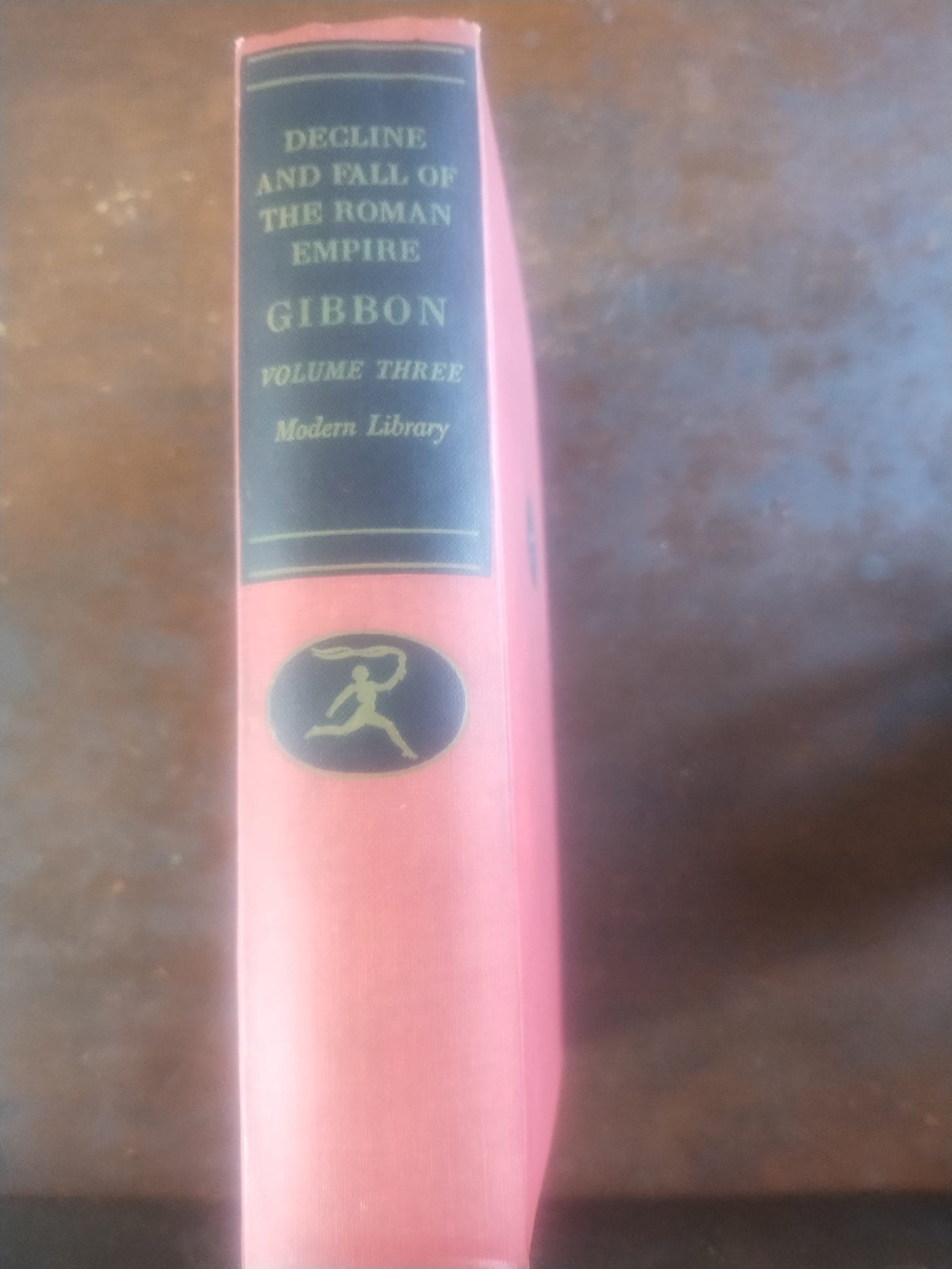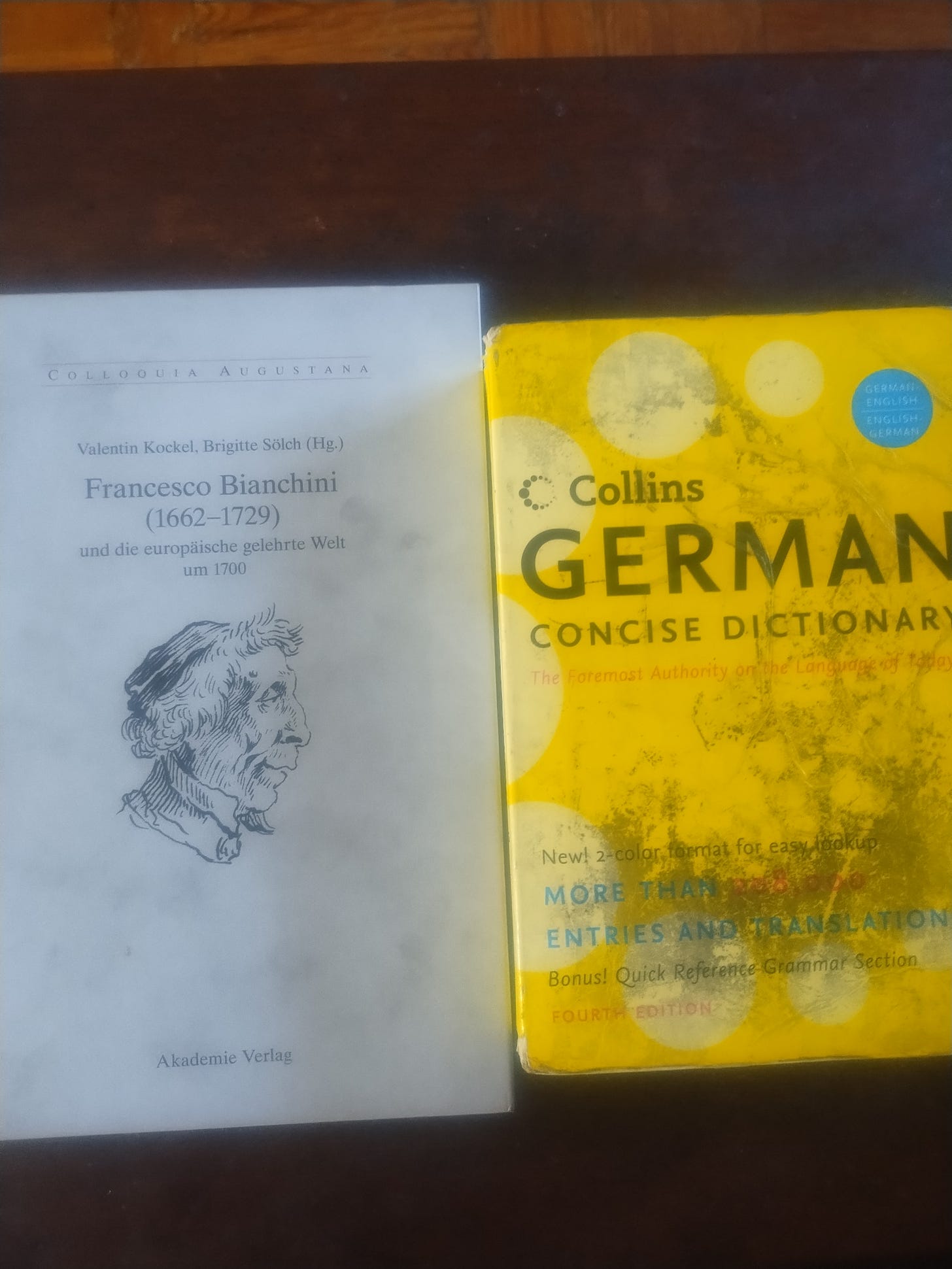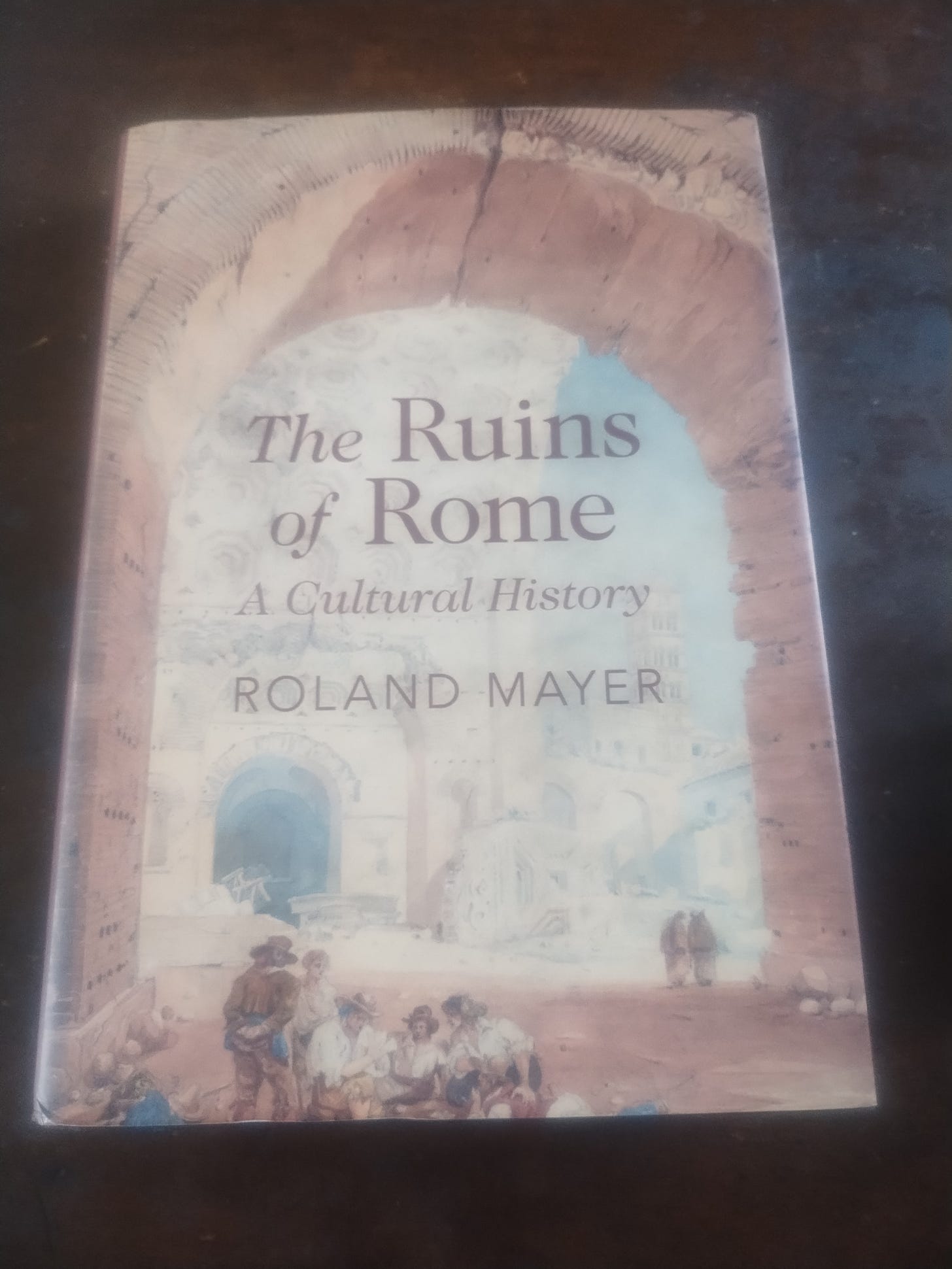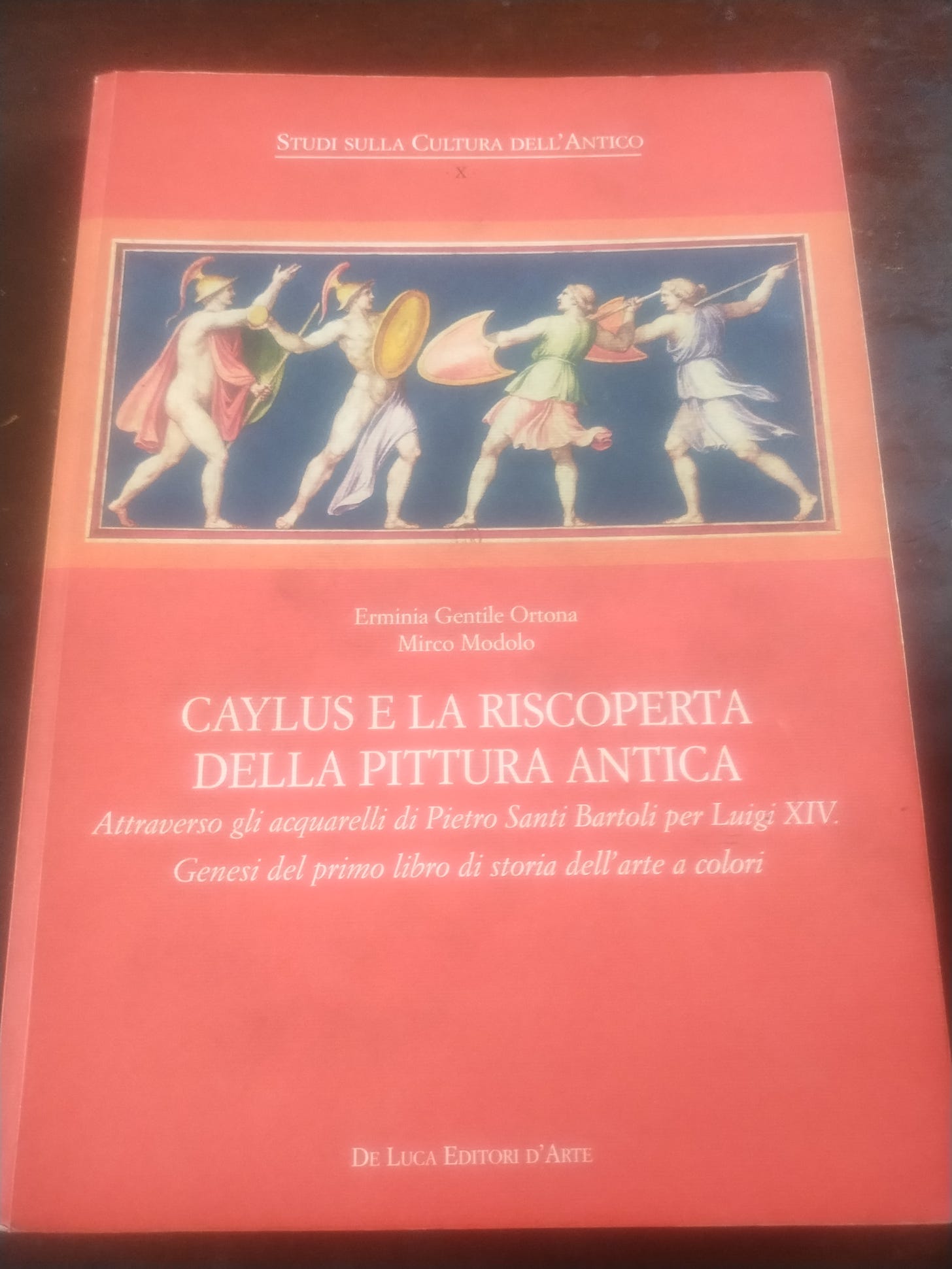My Morning Reading Routine
Mo’ clickbait, mo’ views
I have noticed a pattern: when I write about things like making money, dating, and fitness my views go up, but when I write about things like seventeenth century German polymaths and Italian Renaissance satire my views go down. Let’s see if we can combine the best of both worlds with a post on my morning reading routine.
The Internet is filled with discourse now about men either not reading or reading too “performatively” … it is much too idiotic to dwell on, but I’m hoping to piggyback off some of the virality of this subject. I am also a sucker for content about a good morning routine; my favorite is that of Steve Maxwell, one of the first Americans to get a black belt in Brazilian jiujitsu. As best as I can determine, his morning routine takes approximately three hours, so there’s a decent chance that he’s doing all of this stuff right now.
I’m fairly critical of the self-help industrial complex, but one of the broad tenets I largely agree with is that whatever you do first in the day is by definition what you have prioritized in your life. For example, if you work out first thing in the morning it means that you have prioritized fitness and you are (not guaranteed but) most likely fit. If you follow news first thing in the morning it means you have prioritized being informed and you are probably well informed. If you scroll social media first thing it means … well, I’m trying not to be mean, but you know what it means. Since I have prioritized reading books and because I do not use AI (more on this in a later post) I therefore start each day with a fairly regimented reading routine.
I think of my reading routine as consisting of several “slots” that are mostly divided by language but also by the categories of popular, literature, and scholarly. Although it seems like a lot, I only read a small amount from each book first thing in the morning, at most a few pages and in some cases as little as a single paragraph. Later in the day I will go back to one or two books and read more, but for the morning routine I prefer very short excerpts from a broad range of sources.
I do this routine 6 days a week. On one day (it can rotate each week but is often Thursdays) I do not read in the morning and let my brain rest. I have been doing some variant of this for over 20 years. When I worked a corporate job there were fewer slots and I would divide them over the course of two days. During the pandemic initial lockdown there were even more slots because I was trying to teach myself biblical Hebrew and classical Arabic but this proved too difficult and I dropped them. The current routine has been more or less fixed in the following structure since about 2022.
With that preface out of the way, here are the slots and what’s currently in them.
Slot 0: Coffee
Okay, obviously not a book but the sine qua non of my routine because without this nothing else happens! I start the day with the first of my three coffees using my favorite brand, Café Bustelo, on a stovetop espresso maker. Café Bustelo is the best value for the money and I actually prefer its taste to fancier, more expensive, theoretically “better” brands like Illy. It is also excellent for, ahem, cleansing the “impurities” of the lower digestive track.
Slot 1: English, popular history
The first slot is always a popular history book written in English because I am planning to write a popular history book in English about the Italian Baroque. Currently this slot is filled by Galileo’s Daughter by Dava Sobel; previously books by Ross King, Deborah Harkness, or Patrick Wyman were here. I’m reading these partially for content but also with an eye towards structure: how long are the chapters, how do they fit together, how much background information is the reader assumed to already know, that sort of thing.
Slot 2: French, scholarly or literature
Next up is a book in French, either scholarly or literature. Now it’s Jean-Michel Gardair’s Le “Giornale de’ Letterati” de Rome which, despite the confusing matter of Italian words in the title, is a French book about a seventeenth century Italian newspaper. This one is research for my book and since French is my best foreign language I can go through it pretty quickly. The previous book in this slot was literature, Stendhal’s Le rogue et le noir.
Slot 3: English, literature
Next is English literature, a slot currently filled by Decline and Fall of the Roman Empire. Yes this is technically history, but I am counting it as literature since Gibbon is one of the greatest prose stylists of the English language. The footnotes have a fair amount of Latin and ancient Greek; I skim but do not translate the former and merely sound out the words of the latter.
Slot 4: German, scholarly
Next we have German scholarly, again research for my book, a slot currently filled by an anthology of articles about Francesco Bianchini (1662-1729). German is my worst foreign language so I usually only read a paragraph or two each day. Sometimes I look up words in the dictionary and sometimes I just skim to get the gist.
Slot 5: English, scholarly
English scholarly books fill the next slot, currently Roland Mayer’s The Ruins of Rome, more research for my book. I’m almost done with this one; next on deck is The Antiquarian and the Myth of Antiquity by Philip Jacks.
Slot 6: Italian, scholarly or literature
Next is Italian, either scholarly or literature, a slot currently filled by Caylus e la Riscoperta della Pittra Antica by Erminia Gentile Ortona and Mirco Modolo. This is sort of a mirror image of the book now in slot 2, since it is in Italian but about a French antiquarian. Italian is extremely easy so I can go pretty fast here.
Slot 7: Newspaper
I have the New York Times delivered to my apartment five days I week; I buy it at the newsstand on Saturday and read it online on Sunday. Reading a physical newspaper has some advantages—and some drawbacks—compared to reading online. I will have a separate Substack post on how to read the newspaper, including a section on the increasingly lost art of how to fold a newspaper on a crowded subway, at a later date, so I won’t dwell on it here. In terms of the morning routine I only read the front page, skim the headlines, and read one or two op-eds and one or two obituaries that interest me; the rest waits until later in the day.
I usually have my second coffee between slots 2 and 3 and the third between slots 5 and 6. With the third coffee I also start drinking water, about half a liter, and take the supplements I enumerate in the section Food and Drink my article How to Look Young and Be Healthy. After the second coffee I usually “eliminate” the “impurities” discussed earlier and then do the quick stretching/mobility stuff described in the section Exercise in that previous article.
I try to resist being on the Internet as much as possible in the morning. By the end of the day I am as addicted as everyone else, but I attempt to be “clean” early on. Complete abstinence is not an option, obviously, so I endeavor to do very focused short bursts early on to avoid endless scrolling. After I finish reading the book in slot 3 I will usually check my email on my iPad to see if there’s anything important and to delete things that are obviously junk. After slot 5 I’ll check the Times website (yes, even though I get it delivered physically) just to see the front page headlines. I will also at this point check Instagram, but only for messages not any other content. And these days I check Substack too to see how my analytics are doing.
I don’t intentionally do intermittent fasting, but I don’t have a big appetite in the morning. After slot 7 I have breakfast thereby officially concluding the morning routine until the next day.


